Welcome to KSL Outdoors, I’m Adam Eakle along with Shara Park. HI! And Andrew Wittenberg from our KSL morning show. Guys were are going down Cataract Canyon, some of the best white water in North America. This is awesome. This is going to be 120 miles down the river? Yeah and we are going with some experienced boaters though, Utah State Parks, they are leading the charge.
(Brody Young, Utah State Parks River Ranger) This could flip us, that could flip us, that could flip us. That’s why this is Class V.
Deep within the boundaries of Canyonlands National Park is Cataract Canyon.
Home to some of the most exciting whitewater in the United States.
(Brody) That was so big. I was wondering when we were going to hit. I was counting 1,2, SMACK! (laughs) we flew. I’m glad you guys were hanging on man.
Our three day adventure begins.
(Adam) hey where is your life jacket. (shara) oh, oh I got it. (adam) stinking kids.
just outside Moab.
(Eugene Swalsberg, Utah State Parks) Hey Brody. You good?
(brody) eye, eye capi. (brody being brody)
(Eugene Swalberg, Utah State Parks) Sixty, six miles from here downstream is the confluence with the Green River. We are within Canyonlands National Park and that is the beginning of Cataract Canyon.
(Eugene) high water this year is going to be around the 30 thousand CFS, cubic feet per second mark. Which equates to good fun.
(Brody) we are going 60 miles today. That’s the plan.
(Eugene) This is where Thelma and Louise back in the early 90’s filmed at the very end of the movie where the car came off portraying into the Grand Canyon. Really took place right here and the vehicle landed in the river.
(Brody) Yeah, welcome to the Grand Canyon. (brody gives a funny look)
This 120 mile rafting trip can take upwards of 7 days.
With the help of motors. We’re seeing all the sights, including this petrified wood. In just three.
(Brody) Millions of years ago. This was all marsh land and really fertile. I mean look at the size of this tree. These were all pinion pines and fern trees and just huge growth here. This was back in the dinosaur times. Dinosaurs roamed this area.
(Brody) I’m not going to get into the technical of how it changed, because I don’t know. (laughs)
(Brody) We are going to go check out some indian ruins and talk about the people who used to live here before us.
(Winslow Houghton, Canyonlands National Park Ranger) So over here on my left is a ancient Anasazi structure. It’s a little big for a granary and a little oddly shaped for a living structure.
(Winslow) there’s a huge amount of archeology here, especially on this bottom and in this drainage.
(Winslow) all around us you can find similar structures, granaries, rock art, pictograph, petroglyph.
(Winslow) Although this might look like a pristine structure, this structure has been partially rebuilt by the park service. Because it has been torn down.
(Winslow) by people getting in it, by people touching it. So really what you want to do is appreciate it for what it is, appreciate it for how long it’s been here, the history it shows in this country and not touch it, not get in it. Take all the photos you want, but leave it so someone else can have that same experience.
(Brody) those look like childs hands.
(Brody) the missing finger is interesting. I’d love to hear that story.

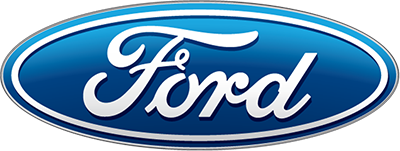
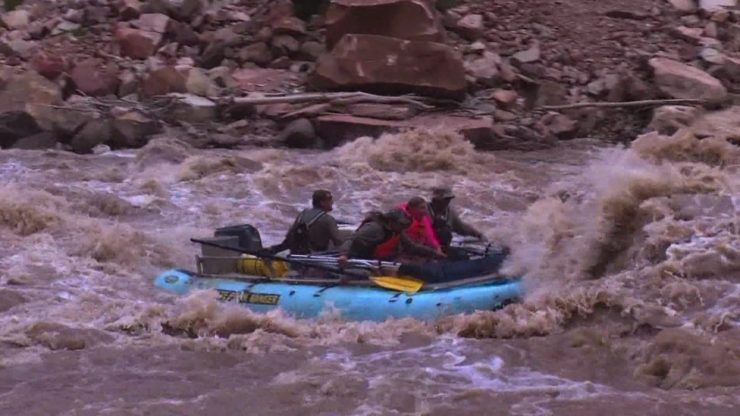
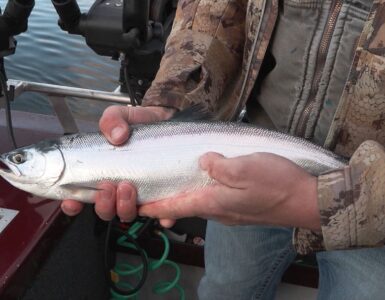
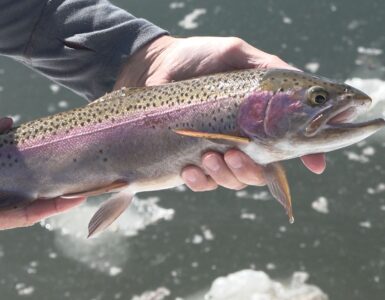
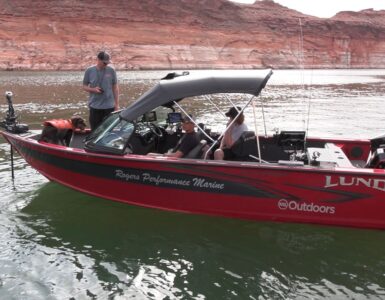










Add comment